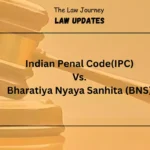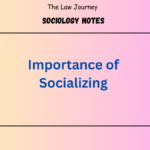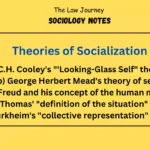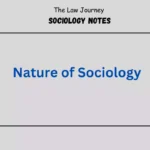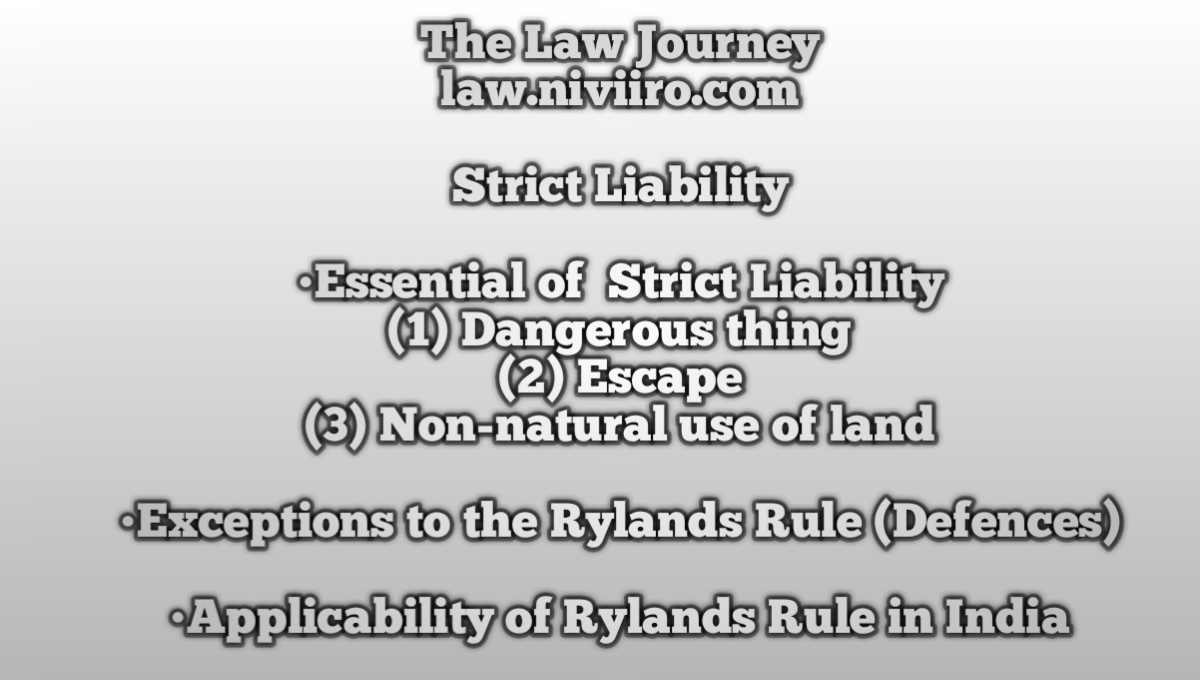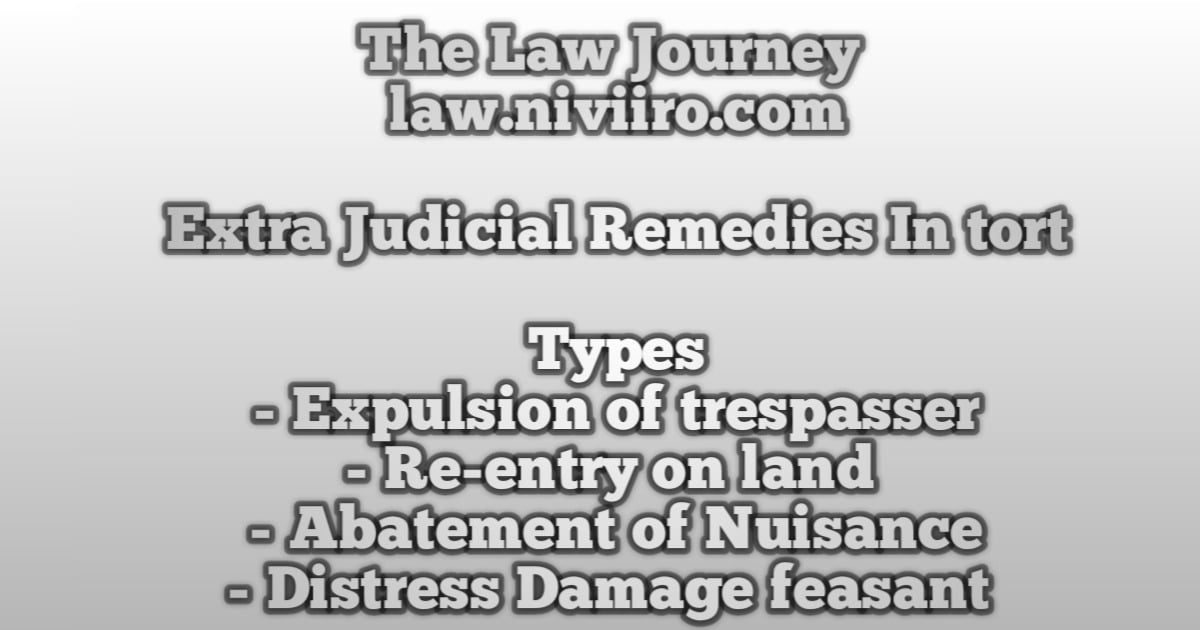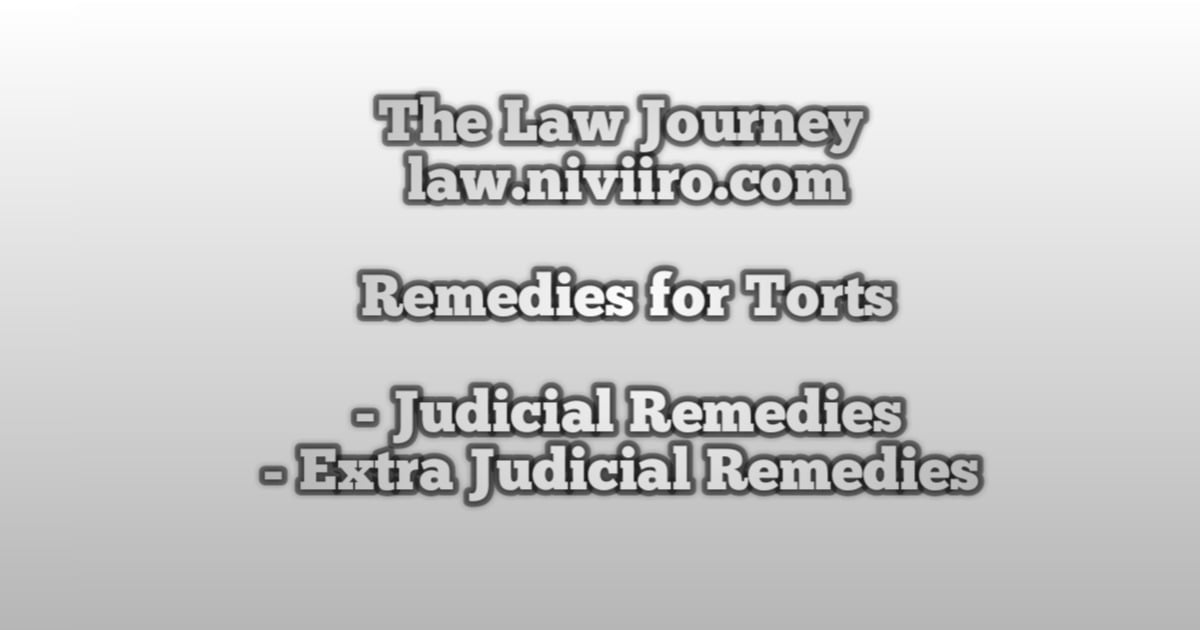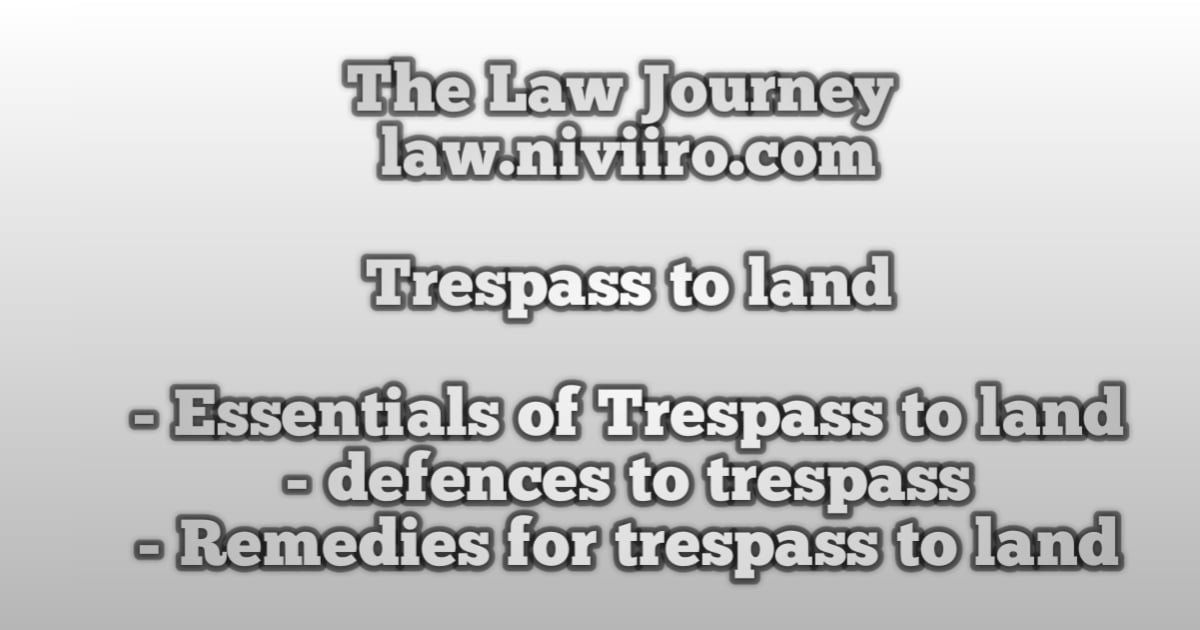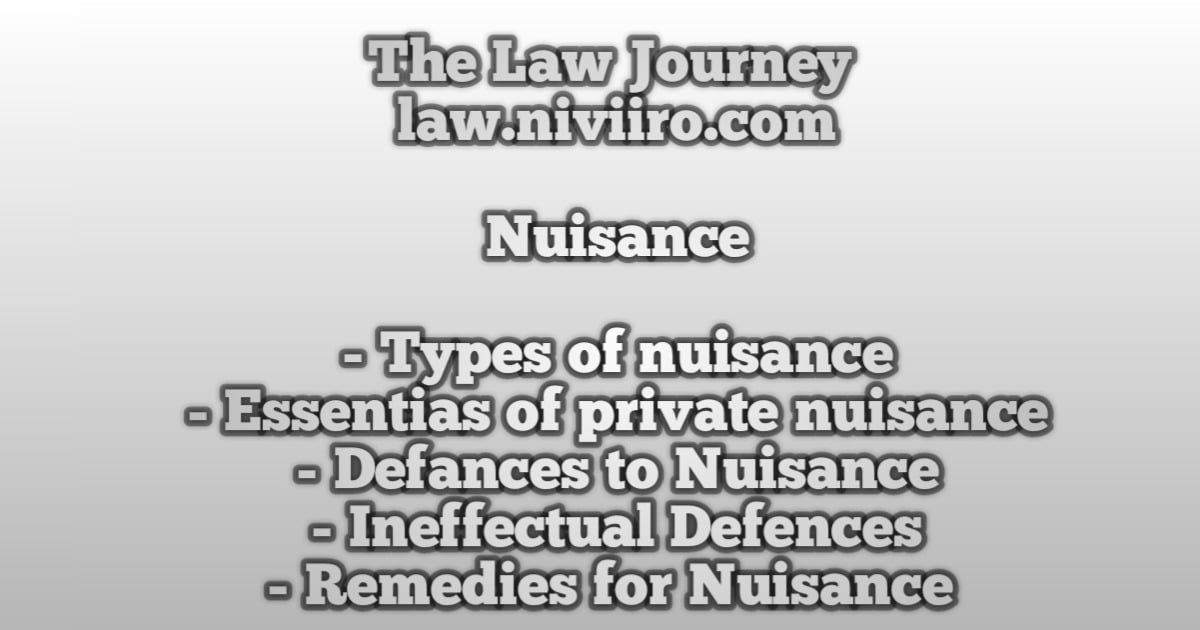Strict Liability Simply put, the law of strict liability holds the defendant liable for inadvertent injuries produced by his lack of intention and negligence. In other words, the law occasionally acknowledges ‘no fault’ culpability.
Those who engage in hazardous or risky activities must recompense for any harm produced, regardless of their own negligence. The foreseeable risk inherent in the nature of the actions serves as the foundation for culpability.
In this regard, strict liability is similar to negligence, but differs in that the defendant is liable even if he could not have averted the injury with reasonable care. The logic for strict liability is that the behaviours that fall within its purview pose an extreme danger to others, either in terms of the gravity or frequency of the harm posed.
Rylands v Fletcher (1868) LR 3 HL 330
Ryland was the mill owner in this case, while Fletcher was the coal mine lessee. Ryland hired an independent contractor to build a reservoir on his property to supply water to his mill. During the process of the construction, the contractor discovered some ancient shafts on Ryland’s property. These shafts were linked to Fletcher’s mines. After filling the reservoir with water, the ancient shafts broke downward, and water poured through these old shafts into Fletcher’s coal mines. Fletcher lost losses and filed a lawsuit against Ryland. It was discovered that Ryland had not been negligent, but the contractor had.
The Court of Exchequer ruled in favour of Ryland by a large majority. However, on appeal, the Court of Exchequer chambers unanimously overruled the lower court’s ruling and found Ryland responsible. “We think that the true rule of law is, that the person who for his own purposes brings on his lands and collects and keeps there anything likely to do mischief if it escapes, must keep it in at his peril, and, if he does not, is prima facie answerable for all the damage which is the natural consequence of its escape,” said Justice Blackburn.
Essential of Strict Liability
The following three conditions are essential to apply the Rylands rule:
(1) Dangerous thing
The defendant must bring or gather anything harmful on his property, which is likely to cause mischief if it escapes. Water, gas, electricity, vibrations, toxic trees, explosives, unpleasant smells, and rusted wire have all been subjected to the regulation. The defendant is liable whether or whether the land is held by him.
(2) Escape
The entity inflicting the damage must escape to a location outside of the defendant’s occupation and control. Thus, if the branches of a dangerous tree are projected into the neighbour’s property, this amounts to an escape, and if the cattle lawfully present on the neighbour’s land are poisoned by eating the leaves of the same, the defendant will be liable under the rule [Cheater v Cater (1908) 1 K.B. 247]. However, in Giles v Walker (1820) 24 QBD 656, it was determined that the owner of the property is not obligated to prohibit the growing of thistles on it and is not liable for the escape of thistle seeds. The escape item should have been under the occupation and control of the
(3) Non-natural use of land
The use must be non-natural if it is a specific use (e.g., keeping 30 gas cylinders in a residential residence) that increases the risk to others and is not simply the regular use of land or a use that is suitable for the general benefit of the community. The definition of non-natural usage is open to interpretation. Over time, a use may become unnatural, and vice versa. Considerations of time, place, surroundings, circumstances, and purpose all play a role in determining whether a certain usage is natural or not.
Fire in a house in a grate is an ordinary, natural, everyday use of the fireplace in the room and if this fire spreads to the adjoining premises the liability under the rule cannot arise. Electric wiring in a house or a shop, supply of gas pipes in a dwelling house are other examples of natural use of land.
Exceptions to the Rylands Rule (Defences)
The rule of strict liability has been made subject to so many exceptions since it was propounded in 1865 that it has lost much of its sting. The following exceptions to the rule have been recognized by Rylands v Fletcher and some later cases:
(1) Plaintiff’s own default (recognized in Rylands)
No action can be launched to recover damages for any injury caused by the complaining party’s deliberate and purposeful actions. In Ponting v Noakes (1894) 2 QB 281, the plaintiff’s horse died after nibbling toxic plants on the defendant’s border. The defendant was found not responsible since the harm would not have happened if the horse had not entered the defendant’s property.
(2) Act of God or vis Major (recognized in Rylands)
If the escape was unexpected and caused by supernatural powers without any human influence, the act of God defence might be used. Storms, tempests, lightning, heavy rains, and other natural disasters are therefore classified as acts of God. It is not essential for a phenomena to be unique or to occur for the first time in order for it to fall under the operation of the rule of law with regard to an act of God; it is sufficient to demonstrate that it is remarkable and could not reasonably be anticipated.
The phrase vis major means something abnormal i.e. the property by the act of God has been rendered useless. Before an act of God may be admitted as an excuse, the defendant must himself have done all that he is bound to do. The mere fact that vis major coexisted with or followed on the negligence is no adequate defence.
(3) Act of third party/ stranger
If the injury was caused by the unlawful or malicious act of a stranger who is neither the defendant’s servant or agent and over whom the defendant has no control, the defendant is not accountable under this rule. When the defendant’s reservoir overflowed due to a third party putting a large amount of water down the drain that supplied it and causing damage to the plaintiff, it was determined that the defendant was not responsible [Box v Jubb (1879) 4 Ex D 79].
In Richards v Lothian (1913) A.C. 263, the occupier of an upper storey was held not liable for damage to those below, due to water escaping from a lavatory by the deliberate act of a third person.
(4) Consent of the plaintiff
Liability under the Rylands rule does not arise in circumstances of volenti non fit injuria, i.e. if the plaintiff agreed to the buildup of harmful goods on the defendant’s territory. When the source of hazard is for the “common advantage” of both the plaintiff and the defendant, such consent is implicit (e.g. the water system, gas pipes or electric wiring).
When the plaintiff and defendant share a building, whether it is two floors of a warehouse, two sets of offices, or two flats, and water that is poured on the building escapes and causes damage, the person from whose side the escape occurs is not liable unless he is negligent.[Kiddle v City Business Properties Ltd. (1942) 1 KB 269].
Thus, in Carstairs v Taylor (1871) LR 6 Ex 217, the defendant was the plaintiff’s landlord and was living on the floor above him. Some rats damaged a rainwater box maintained by the defendant for the benefit both of himself and plaintiff, and the water running through injured plaintiff’s goods below. It was held that no action lay.
(5) Statutory authority
No action will lie for doing what the legislature has approved if done without carelessness, even if it causes injury to anybody; but an action will lie for doing what the legislature has authorised if done carelessly. The legislation must directly or by necessary inference approve the use of the risky object.
Thus, those authorised by legislation to import or store a harmful material on their land are not liable for damage caused by its escape (without carelessness or an express provision in the statute to the contrary).
In Green v Chelsea Water Works Co. (1894) 70 L.T. 547, The defendants were legally permitted to store water for the purpose of supplying the city. The water escaped due to an unintentional cause and injured the plaintiff. Held that where the defendants’ gathering of water was not for their own uses, and where they were entitled by legislation to store and preserve it, they would not be liable for any escape, unless it was due to their own negligence.
Applicability of Rylands Rule in India
The rule of strict liability is applicable in India, however, with certain deviations. The Motor Vehicles Act, 1988, recognizes liability of the owner or insurer of the vehicle, without proof of any negligence (‘no fault liability”). Under the Indian Railways Act, 1961 and Carriers Act, 1865, the railways/ carriers can be made liable even if there is no negligence on their part.
The Public Liability Insurance Act, 1991, and, the National Environment Tribunal Act, 1995, also recognizes no-fault liability. It may be noted that under American law, the rule in Rylands has not been followed to the full extent of all its implications.
The principle of Rylands v Fletcher is followed in several Indian cases:
Ramnath v Kalanath ILR 1950 Nag 509 – When a person builds a dam on his land that diverts water from its natural channel onto the land of a neighbour and causes harm to the neighbor’s property, he is liable to his neighbour’s harm . An owner of property has no authority to discharge water that has naturally accumulated therein, even though doing so will have the effect of transferring his misfortune to the property of another.
Darshan Ram v Nazar Ram AIR 1989 P & H 253 – When the defendant erected a large ore melting furnace near the plaintiff’s home, he was held accountable for the release of noxious fumes with an objectionable odour as well as heating that caused pain.
Related Post
Meaning of strict liability ?
Strict Liability Simply stated that the rule of strict liability makes the defendant liable for accidental harms caused without any intention and negligence on his part. In other words, sometimes the law recognizes ‘no fault’ liability.
What are the Essential of Strict Liability
(1) Dangerous thing,
(2) Escape,
(3) Non-natural use of land.
References
- Law of Torts by Ratanlal and Dhirajlal
- Law of Torts by RK Bangia (22nd Edition)
- Law of Torts by J.N. Pandey
- P.S.A. Pillai’s – Law Of Tort
- A.K Jain law of torts
- Universals Law of Torts

